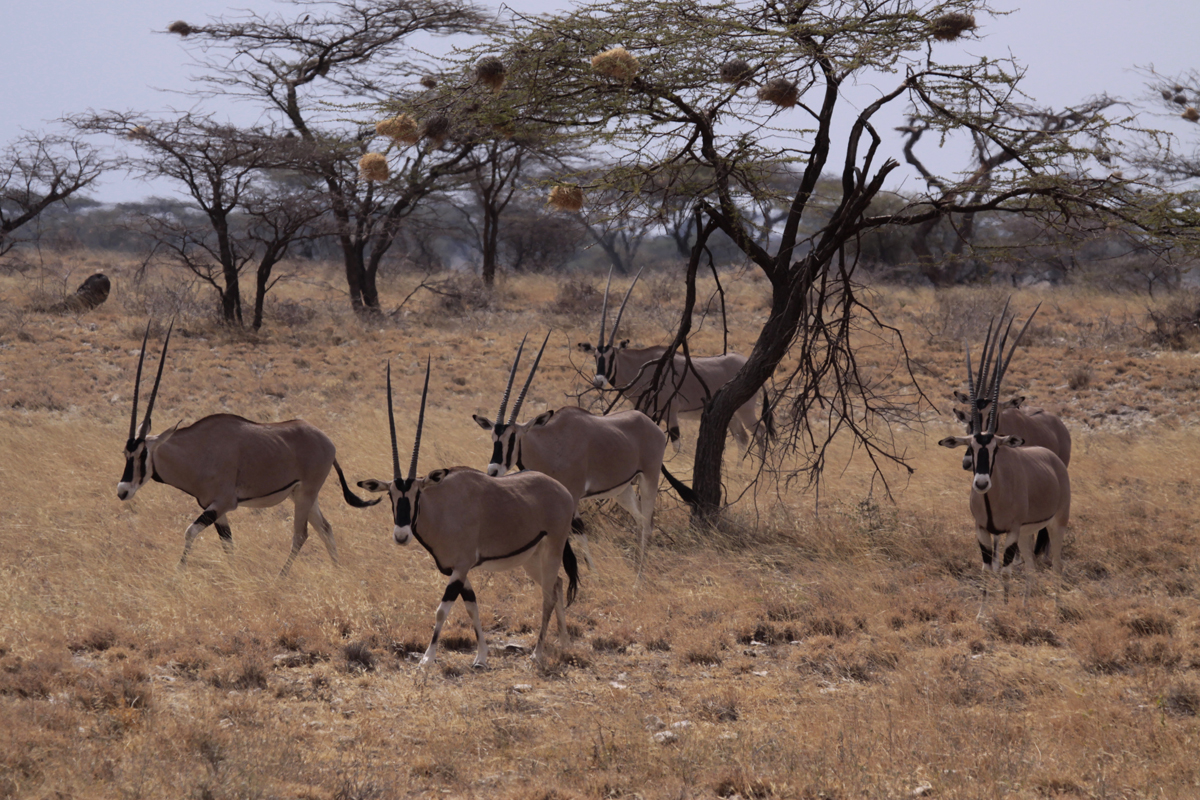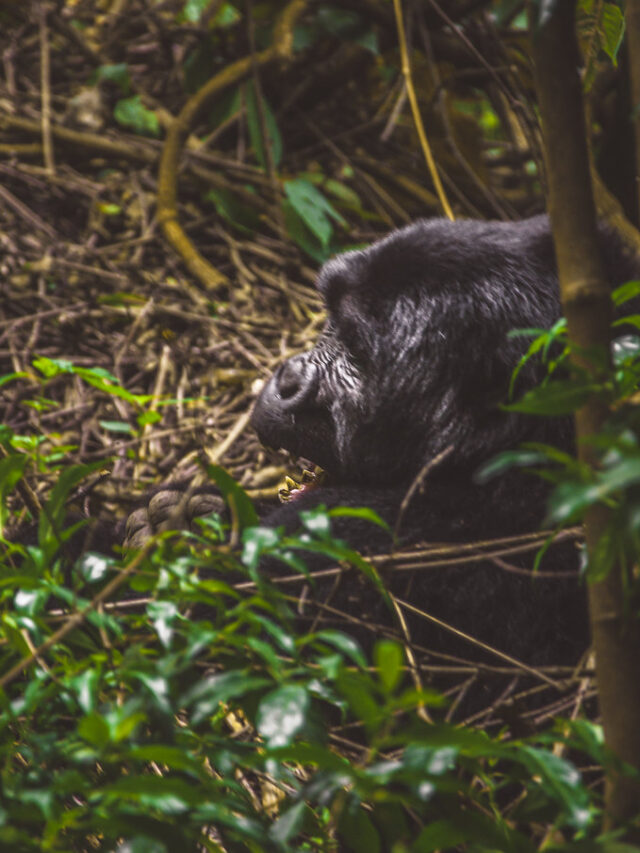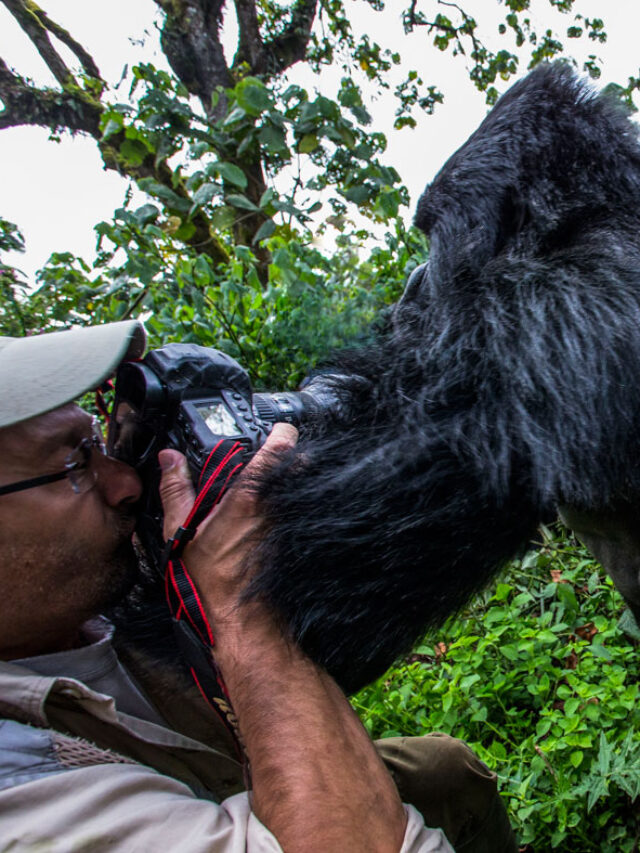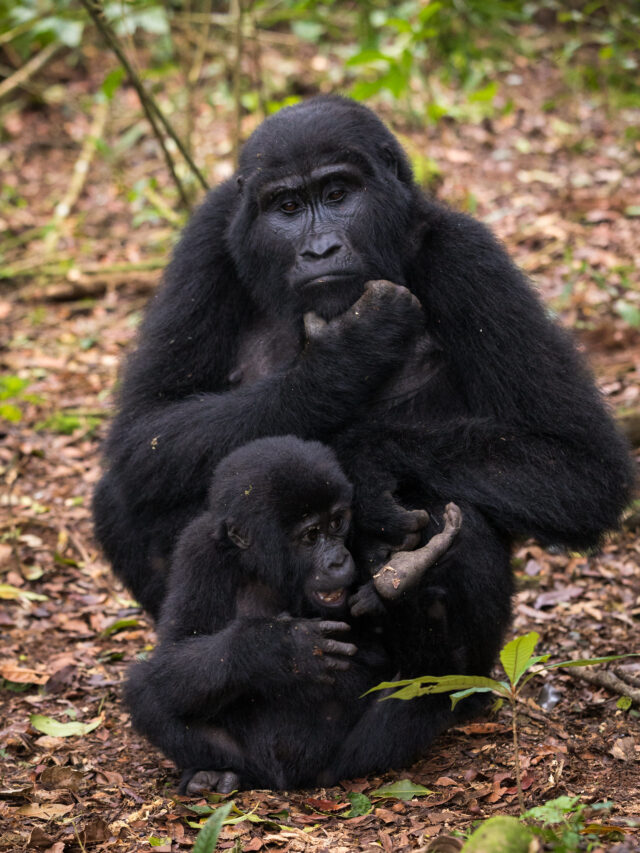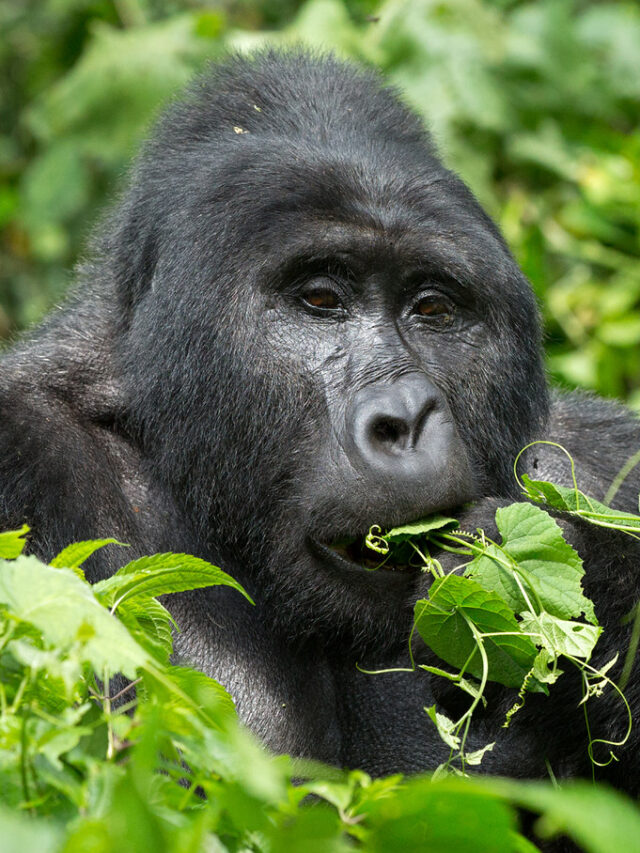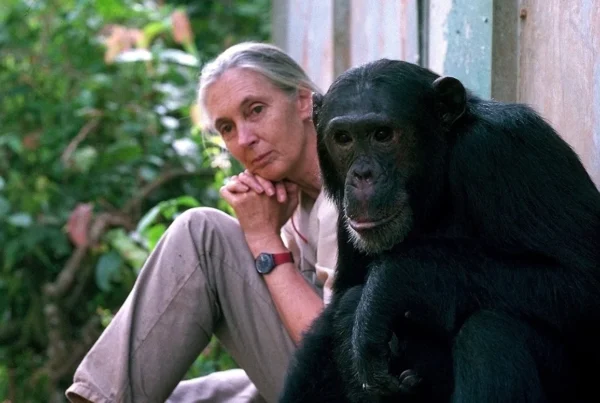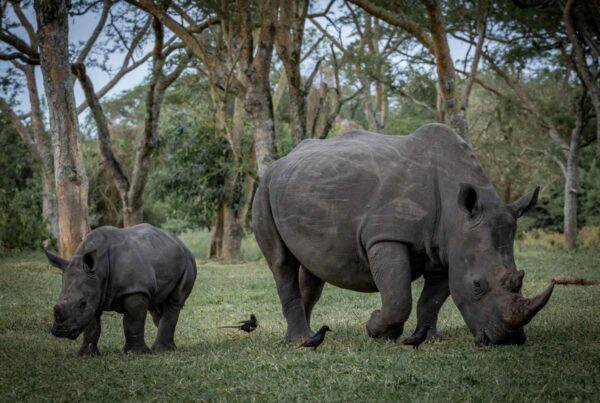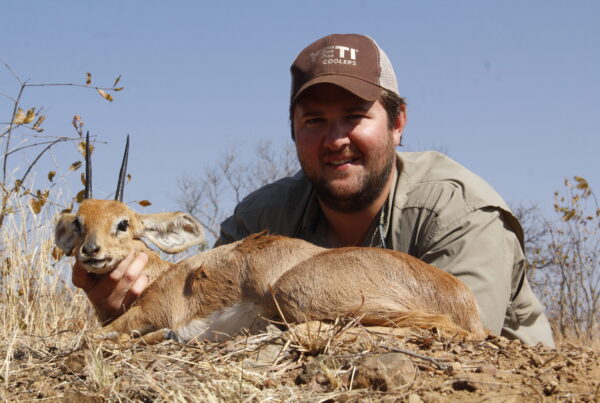The Return of the Oryx in Uganda: Lost Grace or Faded Hope?
A Forgotten Icon of Uganda’s Wild Past
There was once a time when the vast savannahs and semi-arid plains of Uganda’s northeastern frontier echoed with the graceful steps of the oryx — a striking antelope known for its long, elegant horns and unique facial markings. Specifically, it was the Beisa oryx (also called the East African oryx) that roamed the remote areas near Kidepo Valley National Park and Karamoja’s savannah woodlands, forming part of a dryland ecosystem that stretched into South Sudan and Kenya. But like many of Africa’s iconic species, the oryx silently disappeared from Uganda’s wild landscapes — fading not only from the horizon but from memory as well.
The extinction of the oryx in Uganda is not folklore — it’s a confirmed ecological loss. By the 1970s and early 1980s, decades of political instability, rampant poaching, and lack of conservation enforcement during the Idi Amin era took a devastating toll on wildlife. Herds of oryx that once dotted the northeastern plains became targets for bushmeat and trophy hunting. What wasn’t hunted was driven away by insecurity and human encroachment. Eventually, the oryx vanished altogether from Uganda’s borders. Today, it is considered regionally extinct in the wild — a species that once thrived in arid Uganda but now lives only in memory and in neighboring countries where populations have survived.
Why the Oryx Mattered to Uganda’s Wilderness
The Beisa oryx was not just another animal grazing among others — it played a crucial role in the balance of dryland ecosystems. As a highly adapted desert species, it could survive harsh temperatures, subsist on dry grasses and browse, and go long stretches without direct water sources. Their presence was an indicator of ecosystem health in some of Uganda’s driest habitats, such as the areas near Matheniko-Bokora Wildlife Reserve, Pian Upe, and Kidepo Valley, which were historically suitable for oryx populations due to their dry plains, scattered shrubs, and open landscapes. The oryx coexisted with other arid-savannah species like cheetahs, lesser kudus, ostriches, and caracals — many of which also dwindled drastically in the same period.
Their disappearance created a void, both ecologically and culturally. For communities in Karamoja, where traditional livelihoods were deeply tied to the rhythms of nature, the disappearance of such iconic wildlife symbolized a deeper environmental decline — one that mirrored years of marginalization and war.
Could the Oryx Return to Uganda?
This is the critical question conservationists are now beginning to ask more seriously. Uganda has made tremendous progress in wildlife recovery over the past two decades. Species that were once nearly extinct — including rhinos, which are now bred and protected at the Ziwa Rhino Sanctuary, and lions in Queen Elizabeth — are seeing new life thanks to tighter anti-poaching laws, community conservation models, and improved park management by the Uganda Wildlife Authority (UWA). However, the oryx remains absent, and its return would be more complex.
Reintroducing oryx to Uganda would require more than simply relocating animals from Kenya or Ethiopia. The landscape must be prepared, with security, habitat restoration, and local community involvement. While Pian Upe Wildlife Reserve and Matheniko still retain their semi-arid character and have seen minor wildlife returns (like ostriches and eland), the challenges of livestock encroachment, charcoal burning, illegal hunting, and competition for grazing land persist. Without resolving these, bringing oryx back would risk repeating the failures of the past.
Yet, there is hope. In the long-term management plans for Uganda’s northeastern reserves, wildlife reintroductions are being considered — including species such as the Beisa oryx, greater kudu, and cheetah. These plans align with wider regional conservation efforts such as cross-border wildlife corridors between Uganda and Kenya’s Turkana region. While no formal oryx reintroduction has occurred as of 2025, discussions are slowly shifting from possibility to planning.
A Ghost Species That Still Matters
Though the oryx has not walked Ugandan soil for decades, it still holds symbolic power. It represents a time when Uganda’s wild north was truly untamed — a time before borders and bullets scattered the balance of nature. In conservation, remembering what we’ve lost is often as important as celebrating what we’ve saved.
The oryx’s story is not just one of extinction — it is a cautionary tale about neglect, and a quiet call to reimagine Uganda’s arid lands not as marginal but as vital. Reviving these ecosystems, empowering local communities like the Karamojong, and making space for wildlife that once was — that is what the future of the oryx in Uganda might depend on.
For now, the oryx lives only in the records and memories of older generations, but perhaps not forever. With careful planning, honest conservation work, and respect for both nature and people, Uganda may one day see the return of this lost antelope — the desert ghost of Karamoja’s golden plains.

